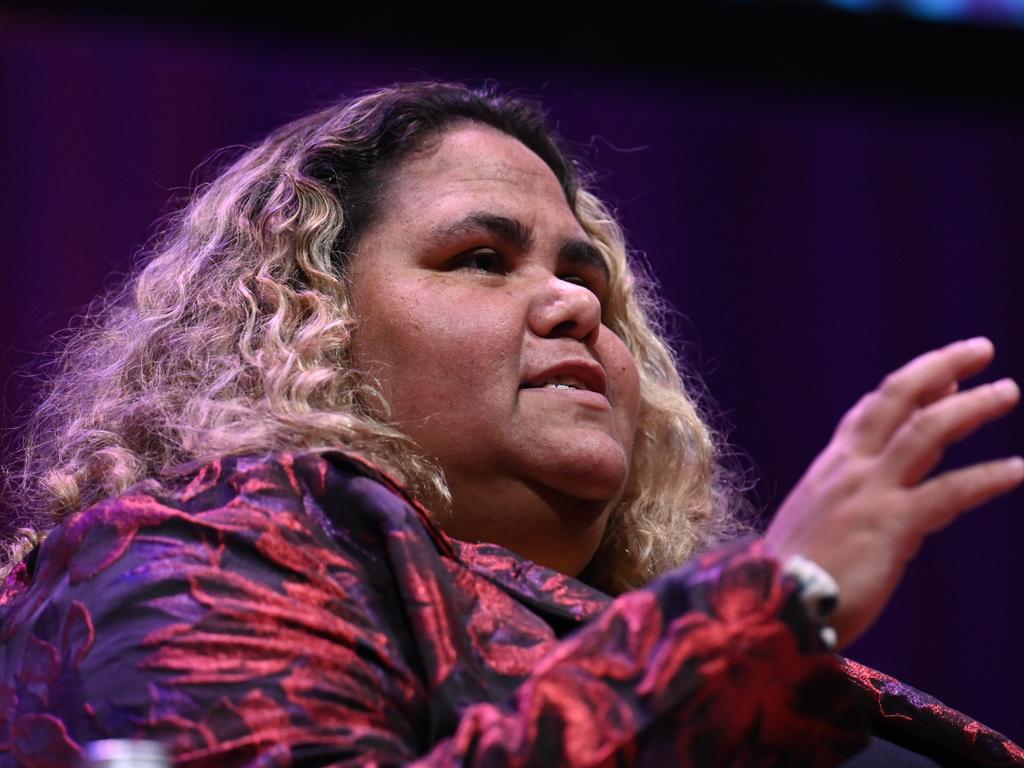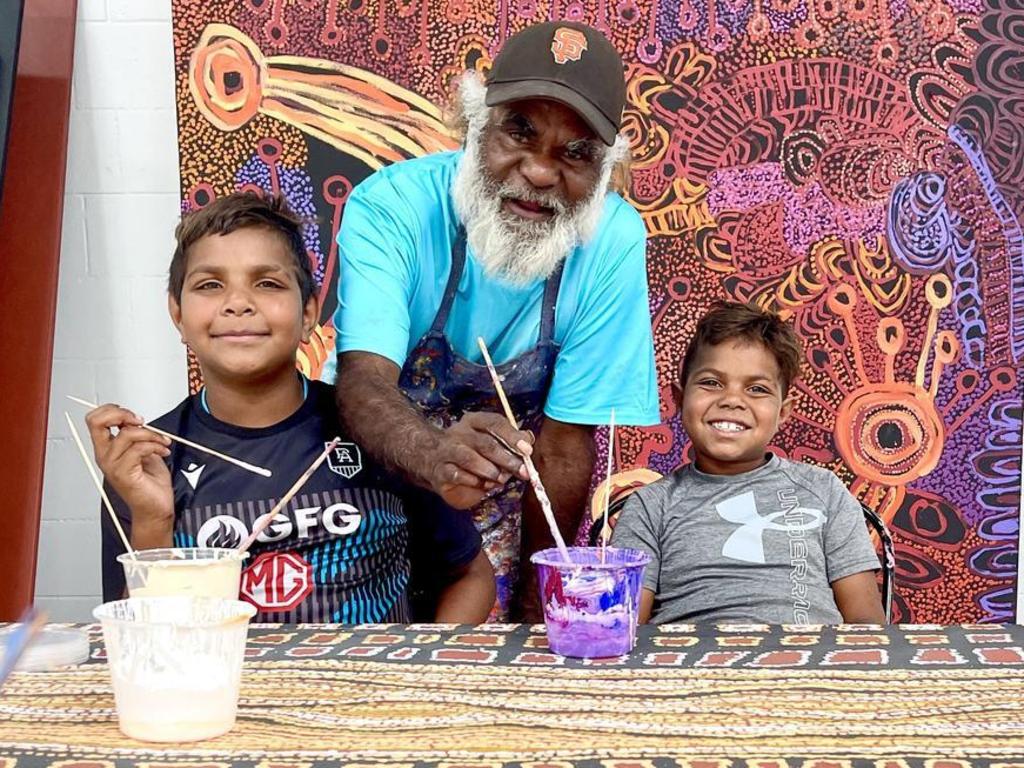White hands on black art is fine, National Gallery board member Sally Scales says in APY backflip
National Gallery board member Sally Scales, a leading figure in the controversial APY Art Centre Collective, has declared there is nothing wrong with Indigenous artists using white assistants.
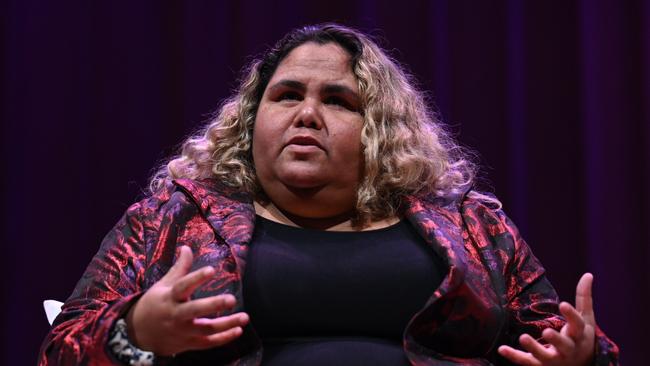
National Gallery board member Sally Scales, a leading figure in the controversial APY Art Centre Collective, has declared there is nothing wrong with Indigenous artists using white assistants, in a backflip of the organisation’s previous stance.
In an extraordinary interview on Tuesday, Scales – one of the nation’s top Indigenous painters – accused critics of the use of white assistants as “racist”.
Both the NGA board member and the APYACC – including in legal statements – have previously said no white staff were involved with substantial sections of Indigenous art at the collective.
Scales also said an independent panel that referred allegations of fraud and bullying at the APYACC to the competition watchdog and the registrar of Indigenous corporations “found nothing”, despite NT Arts Minister Chansey Paech saying it had found evidence of substantial wrongdoing.
A senior figure in the arts industry said Scales’ interview on the ABC made it “untenable” for her to remain on the NGA board.
“But it seems (NGA director) Nick Mitzevich and (chair) Ryan Stokes just don’t want to rock the boat,” the senior arts figure said.
In a wide-ranging interview, Scales said white studio assistants painted on Indigenous canvases, including her own, in the APYACC’s studios.
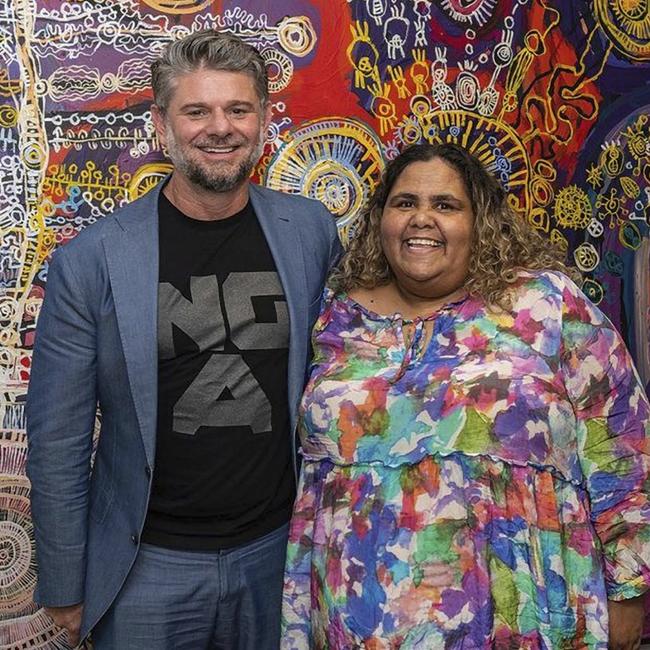
“You know, so for me,” she said of her painting method. “I sit there and I go, ‘I need this done. I need this done’. It’s at my direction what that looks like … why are we still put in this element of the noble savage that we have to do our artistic practice in the mannerisms that people want us to do?”
When asked if the buyers of this artwork were aware white studio assistants had painted sections of her paintings, she replied: “Well, would they ask that of other artists? Well, I will ask you, if you go to a gallery and find an artwork, would you say, is this artwork done solely by this artist?
“And if you’re going to a non-Indigenous artist and you’re saying, is this done solely by this artist’s hand? Do you go and do that? Or is this a question only for black artists? Because that lies at the crux of it. That lies at the racism of what we faced this year. That we, as Aboriginal artists, can’t determine how we want our artwork to be done.”
The push to expose the alleged unethical practices within the APY Art Centre Collective has been driven by Indigenous people and organisations, concerned about the way APYACC operates.
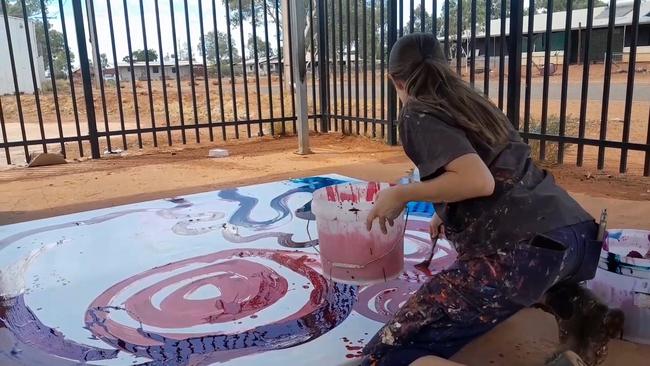
It has been expelled from industry watchdog the Indigenous Art Code, for alleged unethical conduct, been blocked from exhibiting at the prestigious Darwin Aboriginal Arts Fair and cannot enter works into the Telstra National Aboriginal and Torres Strait Islander Art Awards, Australia’s premier Indigenous art prize.
The four peak bodies representing almost every Indigenous art centre, and many thousands of artists, have all called on its management to resign, as have the arts ministers of the Northern Territory and South Australia, and a host of other industry figures
Scales’s comments appear to be a shift in the APYACC’s position.
The general manager of the APYACC, Skye O’Meara, has always denied having painted on any Indigenous canvases, or ordering white staffers to so, and one of her supporters, artist Ben Quilty, said in April: “The truth is Skye never touches the paint.”
In February, when The Australian flew to Adelaide to interview Scales and the board, they were emphatic that no white staffers ever painted on Indigenous canvases. Scales was asked if there was ever an instance where a white studio staff member would pick up a brush and be involved in painting on the canvas, as part of the artistic process.
“No,” she replied.
Another board member said: “They don’t do that. We got hands to do it ourselves.”
Scales added: “We wouldn’t allow it. It’s our work. This is our work. This is our bread and butter. One of the claims in your questions has been insinuating these are fraudulent works. These aren’t. These are made from our own hands. These are made from our thoughts, our processes, our Tjukurpa.”
In March, the APYACC launched legal proceedings in the NSW Supreme Court in a bid to halt publication of The Australian’s investigation, and failed.
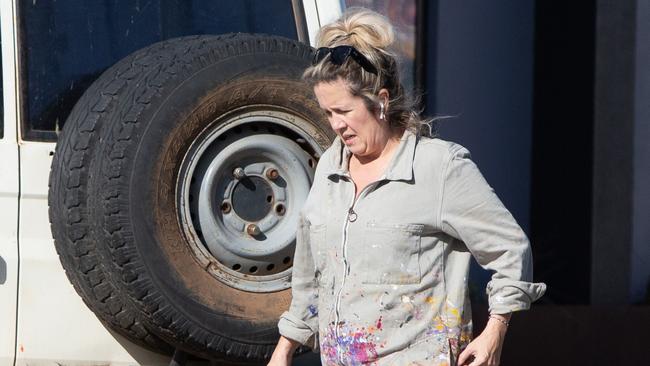
In documents submitted to thecourt, the APYACC’s lawyers said one of the imputations to be drawn from the questions The Australian had put to its management was that: “Non-Indigenous staff at APYACC studios take up paintbrushes and paint substantial sections of Anangu artists’ artwork … I am instructed by … Ms Scales that the representations are false.”
Its lawyers went on to say: “Collectors who purchase Indigenous art often value it as an expression of the culture of the artist who made it.
“For that reason the cultural integrity is an important aspect of its marketability.”
Last week, a South Australian-led independent panel of experts referred the APYACC to the ACCC and the Office of the Registrar of Indigenous Corporations for further investigation after it interviewed more than 200 people in the sector over six months, delving into alleged unethical practices within the APYACC.
It found evidence of wrongdoing by the APYACC on all nine of the terms of reference it was tasked to investigate, including that staff had intervened in the making of Indigenous artworks, and that it had tried to conceal this intervention.
Mr Paech described the practice of white staff painting on Indigenous canvases as “cultural theft” because the Central Desert artists were painting their Tjukurpa, ancient cultural stories only an Indigenous person could know, and that’s what makes the work so valuable to collectors.

